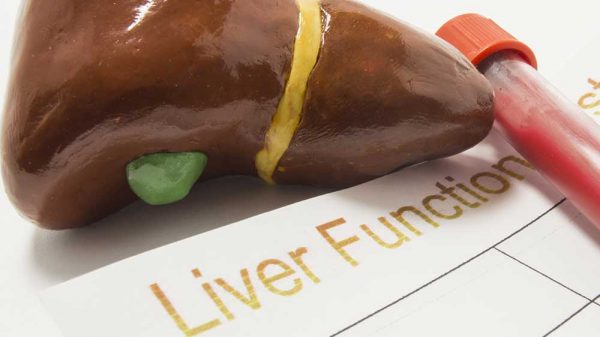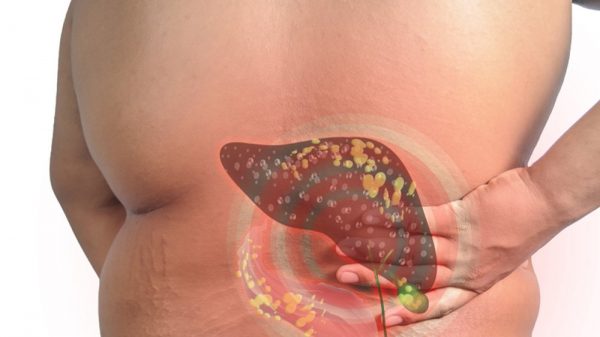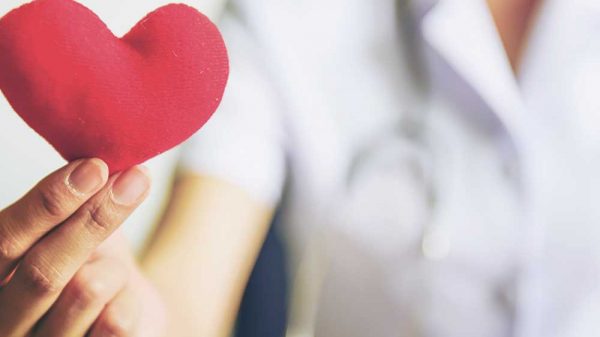Have you been diagnosed with jaundice? If so then it’s critical to observe jaundice bilirubin levels to track how much buildup is in your bloodstream. Jaundice was first discovered by Rochford General Hospital in Essex, England during the 1950s. Like other body substances the levels of bilirubin change throughout the day based on various factors. It’s important to track your body’s bilirubin levels so you’ll know the current state of your jaundice. This will make it easier to manage the disease effectively. This is critical so you’ll get the best results in dealing with the symptoms and possible complications.
The body produces bilirubin naturally. However, the problem in the case of jaundice is the body’s ability to get rid of the substance. When that doesn’t happen there’s a bilirubin buildup in the patient’s bloodstream. That can cause symptoms like yellowish skin and eyeballs. The good news is usually the symptoms are serious and often just involve ones like itchiness. However, it’s important to deal with them since jaundice is often a symptom of serious health conditions like liver disease, pancreatic cancer, and so on. These serious diseases can involve various other conditions with their own set of symptoms.
What Exactly Is Jaundice?
Jaundice is a health condition that causes yellowish skin/eyeballs and sometimes body fluids. It’s a waste material in bile that’s found in human blood. The color ranges from yellow to brown depending on the amount of bilirubin it contains.
Both adults and children can get jaundice. Around 60% of all US infants have this condition. However, adults can also experience it. It shows problems like blocked bile duct, pancreatic cancer, or liver inflammation.
There are various jaundice symptoms. They include yellowish eyeballs/skin, itchiness, and dark urine. The dark urine results from the body being unable to get rid of bilirubin.
This substance is a yellow waste material that stays in the bloodstream. This happens after the body removes the blood’s iron. The liver has various functions. However, one of the main ones is to remove the blood’s waste.
When bilirubin gets to the liver there are other chemicals connected to it. It results in a substance known as “conjugated bilirubin.” This substance goes into the digestive juice known as bile. This kind of bile then leaves the body.
The problem is when there’s a buildup of bilirubin it can then leak into the tissues around it. The result is yellowish eye/skin. The fancy term is “hyperbilirubinemia” if you want to impress your friends and family.
There are different risk factors that increase a person’s risk of having jaundice. It frequently takes place due to a health condition that causes an overproduction of bilirubin or makes the liver unable to ditch it. Both of these situations cause the bilirubin to get deposited into tissues.
There are various health conditions linked to jaundice including inflamed liver and inflamed/blocked bile duct. It can also be connected to other conditions like pancreatic cancer and genetic disorders. If you have these conditions it’s important to observe jaundice symptoms.
Jaundice: Bilirubin Levels
It’s important to know about the body’s bilirubin levels in terms of jaundice. This allows you to track your body’s levels of the substance. Bilirubin is a red/yellow pigment that is produced when red blood cells (RBCs) get broken down.
If you’ve been diagnosed with jaundice then it’s important to know what’s considered to be normal and high levels of bilirubin. Normal levels usually range from around 0.2 mg/dL to 1.2 mg/dL.
There are various signs/symptoms that show high levels of bilirubin. This is due to different health conditions like jaundice. This is one of the various causes that can trigger high levels. Others include gallbladder and RBCs. These are just some of the main causes of high bilirubin.
High bilirubin levels often appear in newborns. In fact, up to 60% of them have newborn jaundice. This involves the body being unable to effectively break down RBCs.
When adults have high bilirubin the treatment is based on the main cause. For example, health experts recommend limiting/avoiding alcohol. A bilirubin test can test the blood’s different bilirubin levels.
A bilirubin test involves testing a small amount of blood that’s extracted from the patient. It’s important to avoid eating for a couple of hours before the test. This can prevent certain chemical compounds from affecting the body’s bilirubin levels prior to the test.
The good news is that there are a few risks involved with the test. Usually, when an adult has high bilirubin levels the outlook ranges from poor to good. It depends on factors like the cause of the high level.
Meanwhile, most newborns with high bilirubin levels usually have a good outlook. The levels usually drop quickly over time. There are various treatments for babies and adults. It’s important to talk to your doctor about the options available. This will help to provide the best treatment for the situation.
Foods/Drinks to Lower Bilirubin Levels
Lean Protein
This includes options like fatty fish like tuna, salmon, mackerel, herring, and trout. You can also go with skinless chicken/poultry, which is a low-fat option. These meat proteins are easier to digest and jaundice-friendly versus pork and beef.
Fruits and Vegetables
Make sure to go with fresh ones. This will provide the best results in terms of vitamins, minerals, enzymes, and antioxidants. This can provide several liver-friendly benefits. They include better digestion, faster metabolism, and less liver damage.
Some good options include:
- Papayas
- Beets
- Tomatoes
- Garlic
- Broccoli
- Spinach
- Citrus (lemons/limes)
- Cauliflower
- Carrots
- Avocados
- Melons
- Olives
Beans/Nuts
These foods are high in different nutrients like healthy fats, Vitamin E, minerals, and fiber. These are both good options since they’re liver-friendly. In fact, it’s good to eat them regularly to get the nutrients they provide.
Whole grains
In recent years grain-free diets have been trending. However, the key is whether you eat whole or refined grains. Whole grains are liver-friendly foods that are high in natural fats, minerals, antioxidants, and fiber.
A 2010s study showed that eating oats for 3 months helped to improve liver function. Similar results might be available with other whole grains. It’s important to eat different whole grains for different nutrients.
Coffee/Tea
Make sure to go with green/black/herbal teas. These are higher in antioxidants than other options. The caffeine in these natural drinks can also provide benefits like better digestion. You can find a wide range of herbal teas in supermarkets, health stores, etc. Make sure to go with white or green tea for the highest amounts of antioxidants.
Water
This is one of the most effective ways to speed up recovery due to jaundice. Water provides several health benefits including digestion. It also helps the liver to get rid of unwanted toxins. Go with 3 liters/day to help lower jaundice bilirubin levels.























